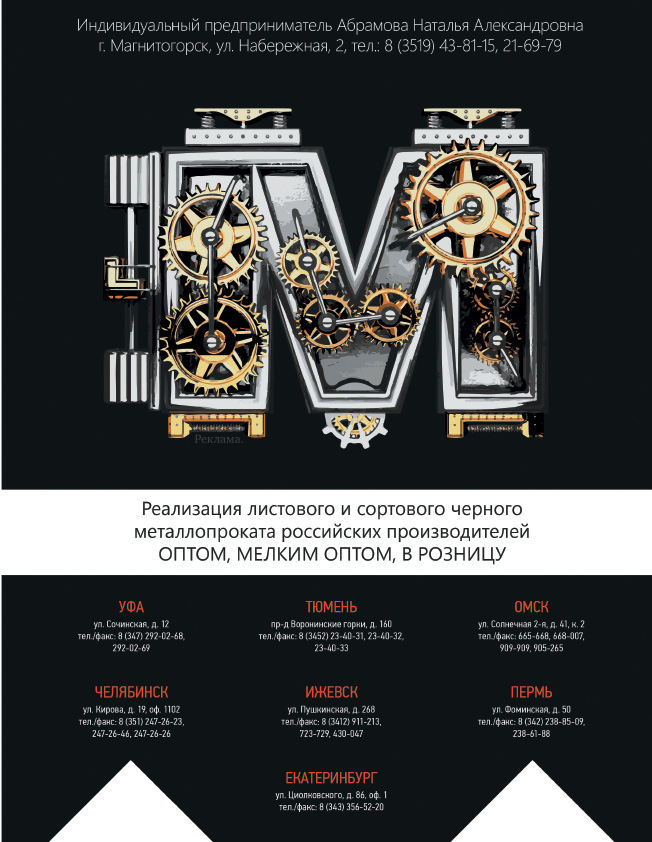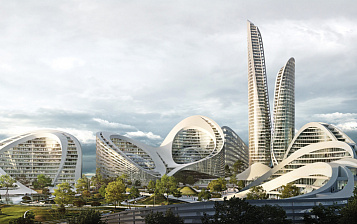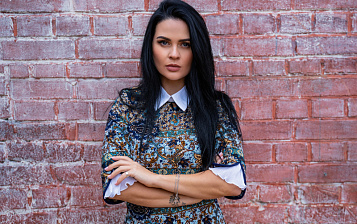Vienna is the capital of Austria, one of the seven largest metropolitan areas of the European Union, a beautiful city that has survived many centuries of history and has become a recognized center of culture and art. The first thing that comes to mind at the mention of the name is opera stages, classical music, unprecedented architecture, endless expanses of green parks. Vienna is rich in sights from ancient times, modern exhibitions, clubs and boutiques, historical art collections and cutting-edge technology. This Austrian city, which was once the capital of the Roman Empire of the Germans, harmoniously combines antiquity and innovation, strict canons of Catholicism and cheeky youth parties. Touristic Vienna is attractive at any time of the year, as it can always offer guests amazing adventures and unforgettable experiences. It will not be possible to see all the remarkable places at once, and the unforgettable atmosphere will attract tourists again and again.
Most tourists come to Austria to see exactly Vienna: a romantic place full of memories of the Habsburg era and musical reminiscences. Vienna will not disappoint you: its architecture is a mixture of different styles - from baroque buildings to monumental imperial projects of the late 19th century, experimental modernist buildings and modern urban planning. However, it often seems that the capital is far from the provinces, the Alpine zone of Austria looks against its background as an alien eastern metropolis with an incomprehensible dialect and many insatiable bureaucrats.
Vienna only gained importance in the 10th century with the rise of the Babenberg dynasty. In 1278, Vienna came under the rule of Rudolf Habsburg, but for centuries it competed with Prague, Linz and Graz as the residence of emperors, was repeatedly attacked by the Turks, who first besieged it in 1529, and only with the elimination of the Turkish threat in 1683 in A court settled in Vienna. Famous aristocratic families, owing their wealth to the wars with the Turks, built palaces and summer residences in the Baroque style.
Vienna is located on the picturesque banks of the Danube in the foothills of the Alps, combining an unusual elevated relief and riverine plains, and at the same time, within the city, the elevation difference is not so big - only about 400 meters. The highest part is located in the Germanskogel district, and the lowest part is Lobau. The development of Vienna runs along the two banks of the Danube, and the famous Vienna Woods surrounds the city. Historically, the southern part of the capital was built up, but with the need to increase residential space, the authorities are slowly expanding to the north. In shape, Vienna resembles a circle, crossed by the Danube, a parallel canal and a small river of the same name "Vienna". This location allows you to concentrate all the most interesting places in a fairly small area, and the trip from one end of the city to the other does not take much time. Despite the rather small area, only 415 square kilometers, Vienna is divided into 23 districts, most of which were created historically, after various restructurings of the city, during expansion or restoration.
The weather in the Austrian capital is moderate, the climate is continental, with a distinct division into seasons. It is believed that Vienna is a sunny city, where clear days prevail and it is always warm, even in winter.
A significant share is played by the abundance of green areas within the city, as well as the only operating vineyards in Europe within the capital. Let's not forget the proximity of the mountains and the magnificent Danube. Winter is a time of magic and New Year's holidays - when fairs bloom all over Vienna. Usually there is little snow in the Austrian capital, and therefore it is quite comfortable in winter for visiting sights, walking along the river, participating in carnivals and entertainment. In spring, the city comes to life and is transformed by hundreds of flowering plants - a time of love and romance, which is felt in every corner of the ancient Austrian capital. Summer is a classic travel period, but Vienna can also offer wonderful holidays on the beaches of the Danube and along small lakes, picnics in parks and nature reserves. The hot summer months do not feel the same as in the southern latitudes. Autumn months - grape harvest, discounts on shopping, gold and amber in the leaves of trees. In Vienna, this poetic time is most deeply felt, with warm weather - sometimes you can walk in a sweater until mid-October - and unforgettable impressions of gatherings in cozy cafes.
Transportation Travel within Vienna is carried out with the help of modern and high-tech transport. The city is enmeshed in a network of high-speed railroads; the subway moves underground, and between the districts of the city communication is carried out by tram and bus lines. By the way, the Vienna tram is one of the oldest and most extensive in Europe. Despite the fact that many capitals refuse such transport, Vienna carefully preserves its history and is not going to be led by fashion trends. Highways are represented by high-speed autobahns and extended city streets, avenues and boulevards connecting all areas of the city.
Sights of Vienna
Hofburg
The Hofburg is one of the symbols of Vienna's imperial past. A huge luxurious palace, which was the winter residence of the Habsburgs. In the Middle Ages, there was a castle, from which a small chapel has been preserved. The Hofburg was expanded into a magnificent residence when Vienna became the capital of Austria-Hungary. Currently, you can find almost any architectural style here - from Gothic to Art Nouveau. And in its halls there is a national library, a treasury, a museum of musical instruments, weapons and ethnography and the famous "Spanish riding school".
Cathedral of St. Stephen
Cathedral of St. Stefan (Stephandom) is one of the most famous Viennese landmarks and one of the most significant masterpieces of European Gothic. The construction of the first church dates back to 1147. For a long time Stefandom was the tallest building in Europe - 137 meters. Cathedral of St. Stephen is the centerpiece of Viennese legends and stories.
Church of St. Karla
Church of St. Karla is a Baroque masterpiece and the largest Baroque church north of the Alps. It was built in 1715 by the famous Austrian architect Johann Fischer von Erlach. It was erected in honor of the vow of Emperor Charles VI in gratitude for deliverance from a severe plague epidemic and was dedicated to Saint Charles Borromeo.
Gazebo
Belvedere is one of the most beautiful palace complexes in the Austrian capital. It consists of two magnificent palaces in the middle of a magnificent park. The architecture and design of the Belvedere halls is made in the Rococo style. Currently, both palaces house museums with Austrian paintings from the 18th-20th century. The park is a collection of over 4,000 plants from the Alpine ecosystem. It is especially beautiful in spring and summer.
National Theater
The National Theater (Burgtheater) is located in the first district of Vienna opposite the town hall on the famous ring boulevard. This is a monumental building of the late 19th century, the facade of which is lined with white marble. It is one of the most famous theaters in Europe.
Vienna Opera
The Vienna Opera is located in the very center of Vienna in the southern part of Kärntnerstrasse. This is one of the most famous opera houses in the world. The opera house was built in the second half of the 19th century in the style of the Italian Renaissance.
plague column
The Plague Column is a monumental baroque sculpture built at the end of the 17th century from marble. Interestingly, the column is dedicated to the Holy Trinity, and not to the Virgin Mary.
Church of St. Petra
Church of St. Petra is an early 18th century Roman Catholic Baroque church on Graben street. The church was built on the site of an old medieval religious building by Gabriel Montana under Emperor Leopold I.
Vienna City Hall
The Vienna City Hall is a grandiose neo-Gothic building of the late 19th century located in the historic center of Vienna. Designed by Friedrich Schmidt.
Parliament
Parliament - a monumental building of the late 19th century, lined with marble. It is the seat of the national parliament.
Cafe Sacher
The famous Viennese cafe, which has become one of the symbols of Vienna, is located in the very center of the capital of Austria, not far from the Vienna Opera and there are no less tourists here than on the square with St. Stephen's Cathedral. Often in front of the entrance to the cafe you can see a queue, which, however, moves quite quickly.
The purpose of the visit of most tourists to this famous cafe is to try the legendary Sacher cake, the culinary pride of Austria. Classic interior, mirrors, Bohemian crystal chandeliers, red fabric upholstery on the walls and upholstered furniture, marble tables, a menu with a story about the history of the Sacher brand - everything looks expensive and beautiful and reminds of the traditions of Vienna in the 19th century. The waitresses are dressed in black dresses with white aprons, and the waiters are in tailcoats, as was customary in old Vienna.
 DOWNLOAD
DOWNLOAD LOOK
LOOK
 Top Content of the Month
Top Content of the Month


